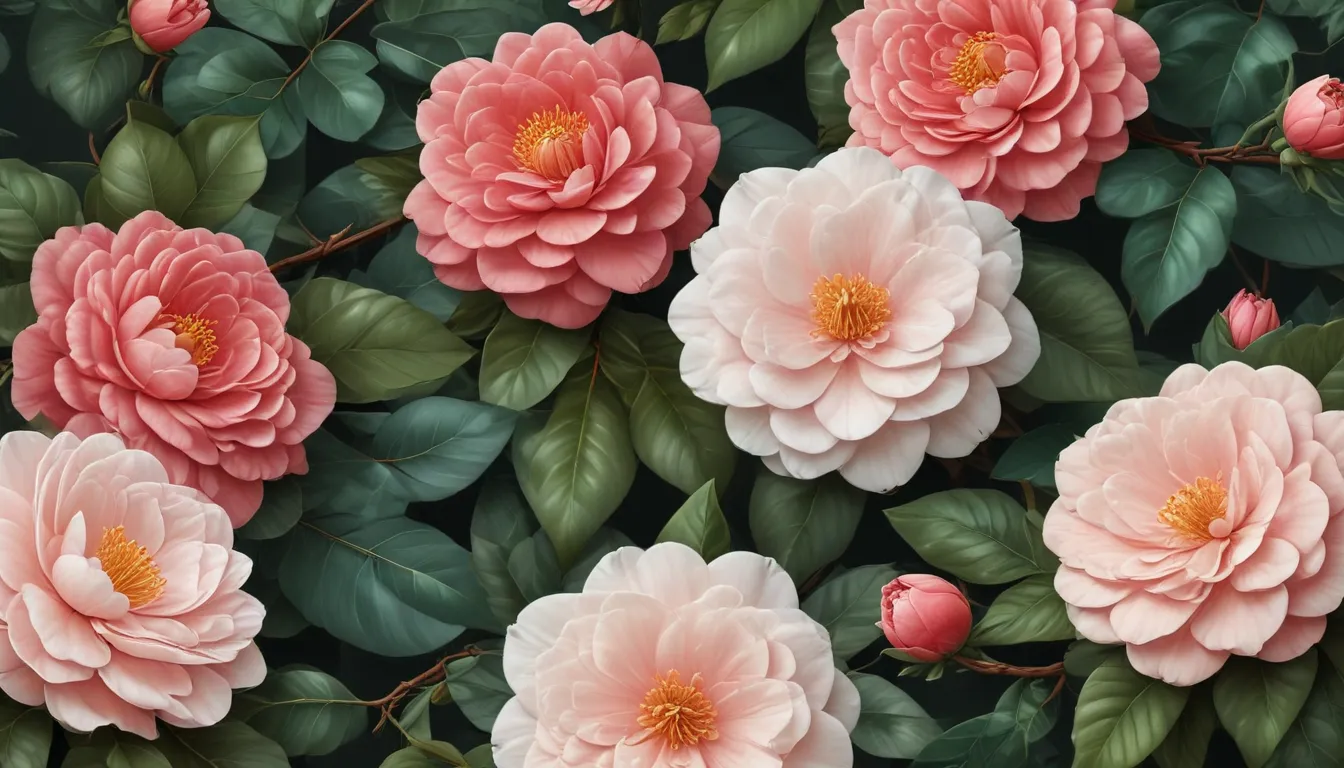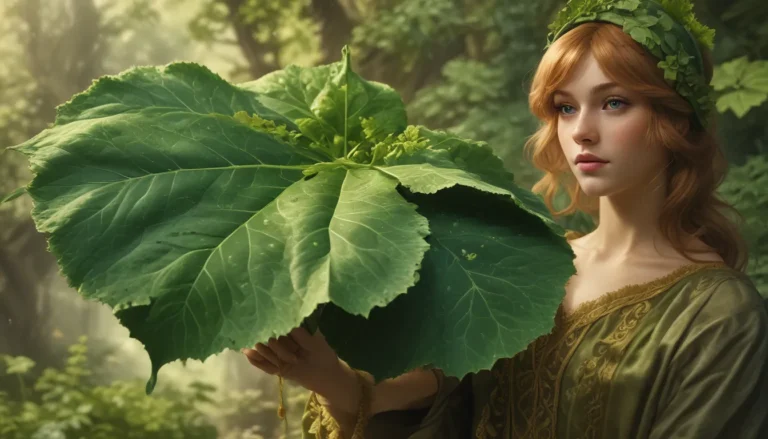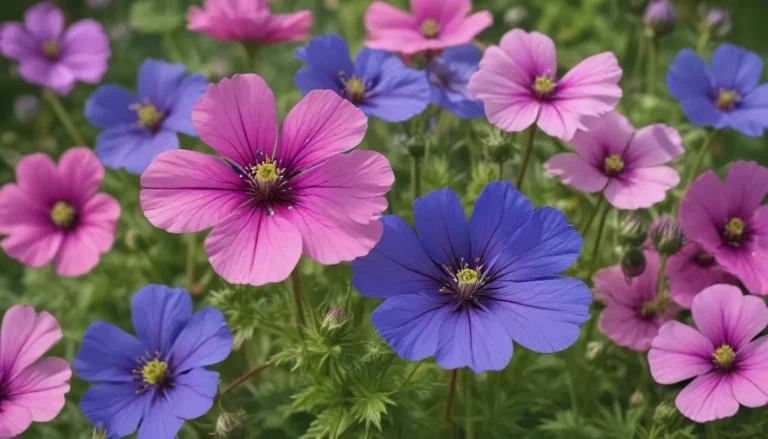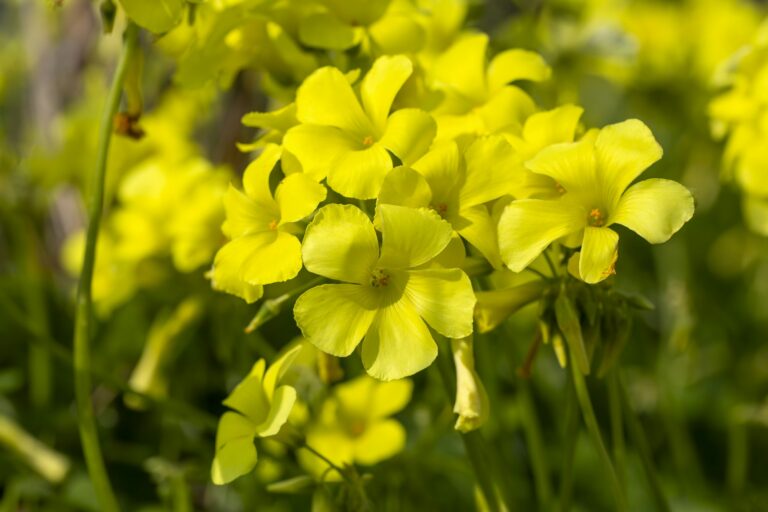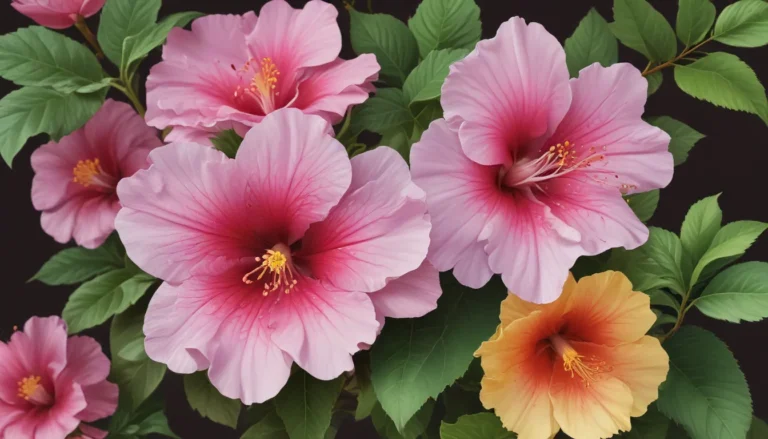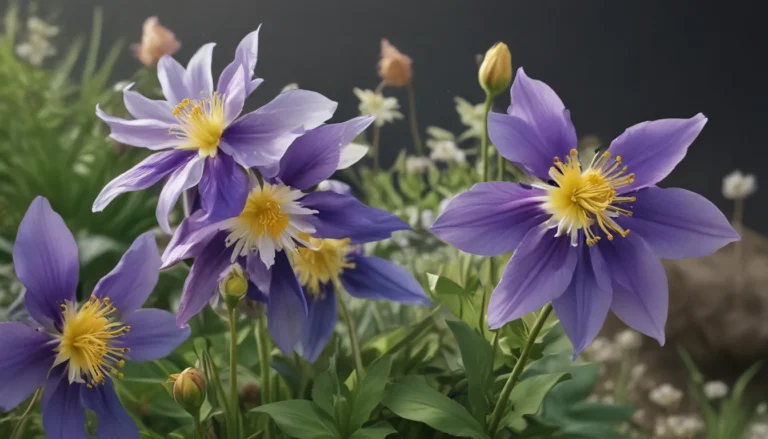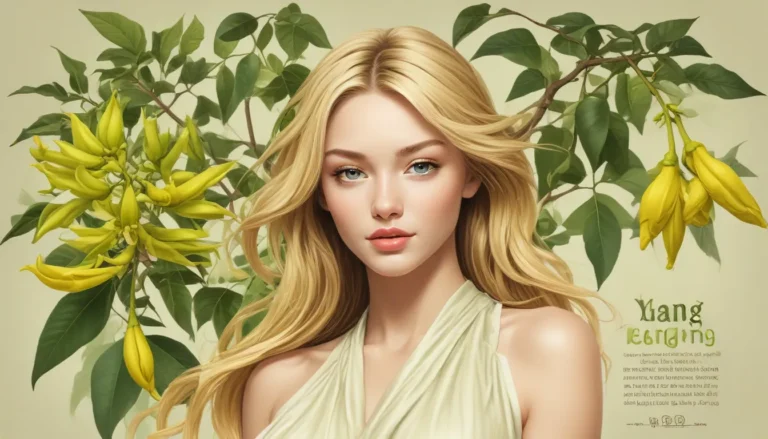The pictures we use in our articles might not show exactly what the words say. We choose these pictures to make you interested in reading more. The pictures work together with the words but don’t take their place. The words still tell you the important facts.
Camellias, with their stunning flowers and lush foliage, have captured the hearts of gardeners and nature enthusiasts around the world. Originating in East Asia, particularly in countries like China and Japan, the camellia holds a deep cultural significance symbolizing beauty, grace, and endurance.
The Beauty of Camellias:
- Camellias are beautiful, long-living plants with over 250 species, used for tea, skincare, and symbolizing love.
- They attract butterflies and bees, adding to the ecosystem’s diversity.
A Closer Look at Camellias:
Camellia is an evergreen flowering plant known for its shiny, dark green leaves and stunning blooms. The Camellia genus consists of more than 250 species, with popular varieties like Camellia japonica and Camellia sinensis. Native to East Asia, camellias have been cherished for centuries in countries like China, Japan, and Korea.
The Colors of Camellia Flowers:
Camellia flowers come in a variety of colors ranging from pure white and soft pink to vibrant red and deep purple. In Japan, camellias are often referred to as the "Tsubaki," or the Sakura (cherry blossom) of winter due to their beauty and significance.
Utilizing Camellia Plants:
Camellia oil, extracted from the seeds of camellia plants, is widely used in skincare and haircare products for its nourishing and moisturizing properties. The leaves of Camellia sinensis are used to produce various types of tea, including green tea, black tea, and oolong tea.
Cultural Significance of Camellias:
- People have been cultivating and admiring Camellias for over a thousand years, making them beloved flowers in many cultures.
- Camellias are often associated with love, devotion, and admiration, symbolizing romantic gestures and emotional connections.
Camellias Around the World:
- Camellias hold significant value in various regions, serving as the state flower of Alabama and the official flower of the Korean city of Seoul.
- With their longevity, Camellia plants can live for over a century, with some trees like the "Narihira" in Japan reaching over 500 years old.
Nature’s Contribution:
Camellias attract butterflies and bees, serving as essential pollinators and contributing to the biodiversity of ecosystems. Beyond their aesthetic appeal, Camellias play a vital role in supporting wildlife populations.
The Journey of Camellias:
The Camellia genus was named after a Jesuit priest and botanist named Georg Kamel, reflecting its enduring legacy and cultural significance. From its introduction to the Western world to its symbolic representation in art and literature, the camellia continues to inspire and captivate audiences globally.
Embrace the Beauty of Camellias:
Exploring the diverse world of camellias can be a rewarding experience for both novice gardeners and seasoned plant enthusiasts. With their range of colors, shapes, and sizes, camellias offer endless possibilities for creating enchanting landscapes that bring joy and beauty to all who witness them.
Frequently Asked Questions About Camellias:
-
How often should I water my Camellia plants?
Camellias prefer moist, well-drained soil. Water deeply but infrequently during the growing season, allowing the soil to slightly dry between waterings. -
Can Camellias tolerate cold temperatures?
Many Camellia varieties are cold-hardy and can withstand frost and mild winter conditions. Young plants should be protected during extreme cold snaps with mulch or frost cloth. -
How do I prune my Camellia plants?
Prune Camellias after flowering, removing dead or damaged branches and shaping the plant as desired. Avoid heavy pruning to ensure abundant blooms the following year. -
Are Camellias susceptible to diseases or pests?
Camellias can be affected by diseases like root rot and pests like aphids or scale insects if not properly cared for. Regular inspection and appropriate treatments can help prevent issues. -
Can Camellias be grown in containers?
Yes, Camellias can thrive in containers with proper care. Choose a large container with good drainage, use well-draining potting mix, and provide regular watering and sunlight for optimal growth.
Trust in Quality Facts:
Our dedication to providing reliable and engaging content ensures that each fact shared is contributed by real users like you. With meticulous editorial review, we guarantee the accuracy and authenticity of the information we deliver. Explore, learn, and discover the captivating world of camellias with confidence in the quality and credibility of our content.
